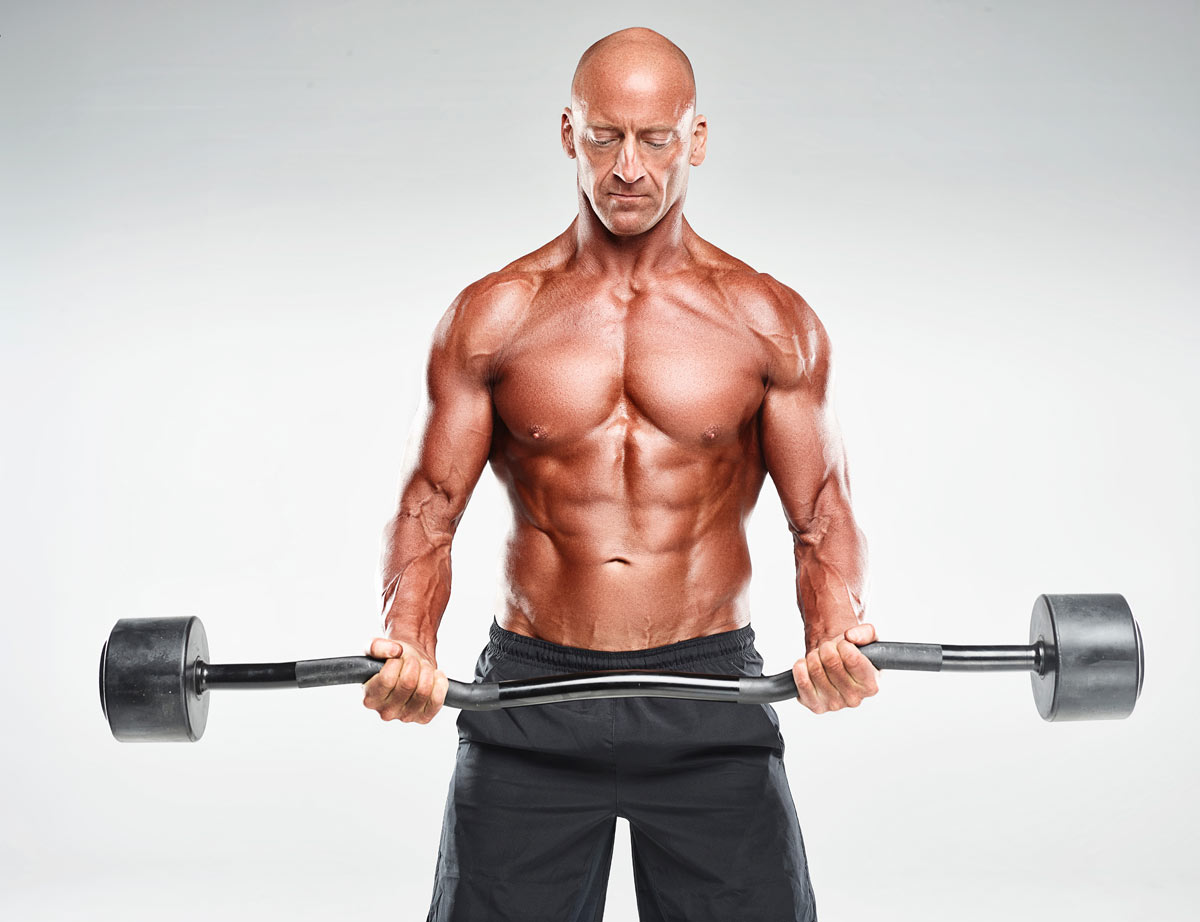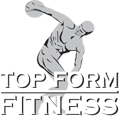Training Philosophy
Key Points:
- Instruction of correct exercise technique
- Consistent planned progression:
(manipulate reps, sets, load, rest, frequency, tempo, TUT, exercise selection, etc) - Keep the program as simple as possible with respect to specific goals
- Program should focus on resistance training (and nutrition), with HIIT as “cardio” if appropriate
- Vary training ‘Intensity’ and ‘Volume’ (dependant on goals)
- Effectively manage your stress level
- Have a healthy balanced diet
- Aim for 7-9 hours of quality sleep each night
- Adopt a positive attitude and never give up!
Use exercises that promote increased Neuro-Muscular Activation:
- Focus on basic, compound (multi-joint) movements
- Include ground based (standing up) exercises
- Include free weights and body-weight exercises
- Use exercises to strengthen your entire midsection and spinal muscles
Correct Muscular Imbalances:
- Engage weaker muscles using isometrics
- Train weak links in isolation, then incorporate into a compound movement pattern
- Use Active Range Of Motion (AROM) stretching: safe, effective method of stretching without external assistance (less risk of injury)
- Muscle tension / tightness is often due to compensation for weakness in other muscles
- Include unilateral (single leg / arm) movements when appropriate
- Balance the strength of agonist / antagonist (opposing) muscle groups
Follow a healthy, intelligent nutrition plan:
- Track your caloric intake and macronutrients using a nutrition journal ie: www.myfitnesspal.com
- Maintain a slight caloric deficit to lose body fat, or a modest surplus to gain muscle.
- Consume about 1 gram of protein for each pound of lean body weight per day.
- Stay well hydrated… Aim to drink about 1 liter of water for every 50 pounds of body weight.
- Choose real food over supplements; however, often some food supplements may be recommended for specific goals.
- Include plenty of fiber and nutrient dense foods in your diet (ie: vegetables and fruits).

